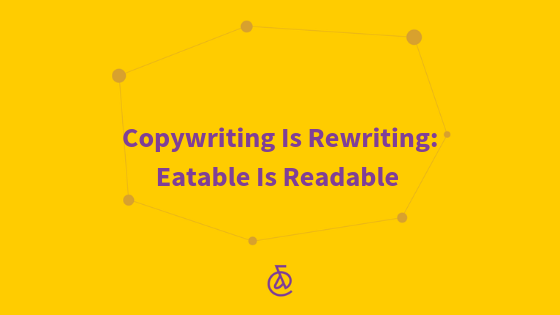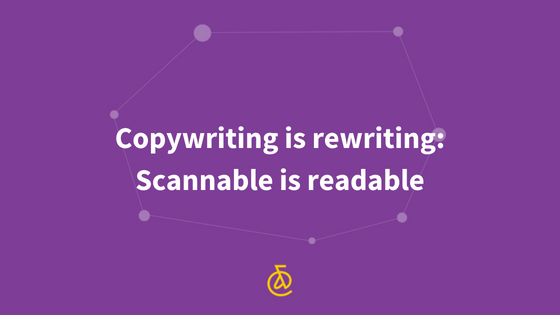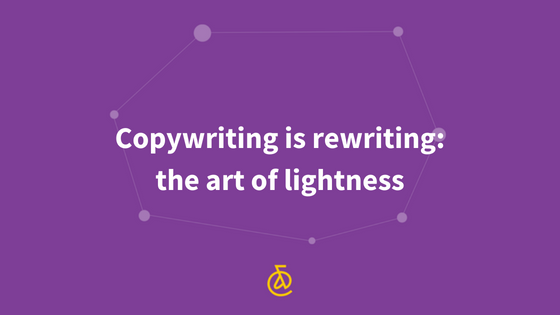“Eating and reading are two pleasures that combine admirably”, wrote the British author Clive Staples Lewis. Not only do they combine, we might add, they also have interesting things in common, especially regarding the specific features of online reading.
In a landmark article of 2001, Leslie O’Flahavan and Marilynne Rudick use the food metaphor to refer to the different appetites of web content readers, which good web writers should be able to satisfy by providing different amounts of content based on individual “content hunger”. This web content writing and editing strategy is referred to as “bite, snack and meal”.
It’s like inviting people to a dinner party: “Deborah will only nibble on the salad; Laura will snack on the chicken; and Dan will cheerfully devour everything you serve.”
So, we will write a good heading for Deborah, something light but full of essential vitamins (bottom line, main keywords). Laura wants a little more, but is not into a full meal: a tasty abstract will go down well, a detailed paragraph with lots of substance (main points, ideas, secondary keywords). And finally we have Dan, the gourmet guest who is not following any diet but is looking forward to trying the whole document (headings, abstract, paragraphs, and maybe even links to additional information).
In this vein, Nathan Wallace wrote about catering for “many interest levels”, from no interest to detailed interest and beyond: “Every person has a certain level of interest in every piece of information. A writer should help each reader get their desired level of information as quickly as possible.”
There is another good reason for adopting this writing approach and it has to do with the ever increasing importance of the mobile web. In his article on writing mobile-friendly content, the SEO guru Neil Patel observes that the “bite, snack and meal” approach is similar to the “inverted pyramid style of writing where the reader is presented with the most important details before the secondary ones”.
Good old basic web writing principles continue to apply to mobile, content-hungry readers of the 21st century.
By our WiseGuy Andrea Spila








